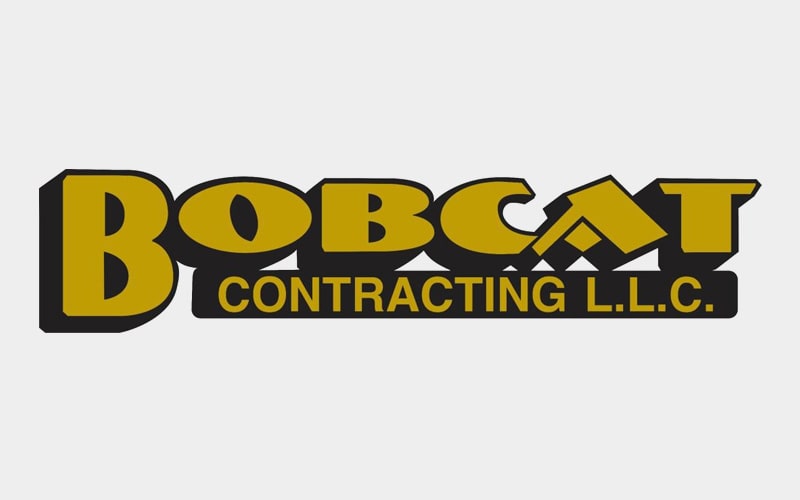
How to Prepare Your Construction Equipment for Transport
Transporting your construction equipment to another job site is a big task that requires a lot of planning ahead of time. Making sure you use the right trailer during the move is essential to ensure everything fits. You may even need to remove some of the pieces from your machinery, as it can be challenging to make everything fit due to load restrictions.
Meeting Height Requirements
One of the biggest challenges with heavy haul trucking is height. For example, most states only allow you around 13 ½ feet of total clearance, which leaves you with roughly 8 ½ feet for all your equipment. Using step-deck trailers is beneficial in meeting these requirements due to the lower middle sections, which provide roughly an additional two feet of clearance.
Replacing your step-deck trailer with a lowboy trailer is another option if you need more height during transportation. Typically, you can gain another foot by switching out trailers. However, lowboy trailers cost more, so you will likely only want to use these trailers whenever it’s necessary. Once you decide on the trailer, you can begin making preparations for loading your equipment for transportation.
How to Transport Construction Equipment
Moving your construction equipment to another location requires plenty of planning and hard work. You will need to position your booms properly while retracting them to avoid any height or length issues. Removing any oversized attachments is also important in making transportation easier. Understanding the transportation rules for your state is essential to avoid any fines, as it’s illegal to move equipment with a scoop or bucket attached in some states.
Why You Should Avoid Wide Load Designations
Most construction machinery will fit within the dimensional regulations for your state. Only the largest types of construction equipment are considered wide loads during transportation, such as cranes, dozers, scrapers, graders, excavators, and off-road dump trucks. Making sure to remove any attachments from wheel loaders and bulldozers is key to meeting state regulations. Typically, it’s cheaper to ship out these attachments separately instead of traveling as an oversize load.
Here are some tips to avoid wide load designations during heavy haul trucking.
Overweight – Keeping the weight down during transportation is key to avoiding oversize load designations.
Overheight – Dealing with overheight issues is a common challenge while moving equipment. Retracting or even removing the bucket or boom is important in meeting these regulations.
Overwidth – It’s more difficult if you are dealing with an overwidth loading issue, as you don’t have many other options. You will most likely need a wide load designation during transportation.
Overlength – States usually give you around 53 feet in length, which is often more than enough..
Choosing to follow these tips for avoiding a wide-load designation is essential to keeping your costs to a minimum. A wide-load designation will often cost twice or even triple the amount of a normal load. You will also need escort vehicles in some states, which is why taking the time to fit your equipment within these dimensional regulations is often worth the effort.
How to Prepare Your Equipment for Transport
Spending time reading the owner’s manual for instructions on how to prepare your equipment for transport is essential to avoid any problems. It’s a good idea to wrap or cover items to limit the chance of any damage, such as windshields, knobs, levers, and gauges. Taking this extra step is much better than having to replace them after your move is complete.
Keeping debris from flying around is critical during transport, which is why it’s important to cover the stack. Disconnecting the battery during transport is also a good idea to ensure your batteries don’t accidentally get drained during the move. Doors are also likely to flap in the wind, so make sure these doors are properly latched to avoid any issues.
Washing down each machine before transport will make it easier to load and move. You will need lights, safety banners, and signs if it’s an oversize load. Working with a transportation agent helps ensure everything is done correctly so your move is smooth while avoiding any major problems.
Contact Bobcat Contracting for Heavy Haul Trucking
Bobcat Contracting specializes in heavy haul trucking services for a wide range of clients. We can help you with your transportation needs, and satisfaction is always guaranteed. Our company also offers crane rental, electrical, and pipeline and fabrication services, as we have over 25 years of experience in the industry.
Feel free to give Bobcat Contracting a call today to learn even more information about using our heavy haul trucking services!
